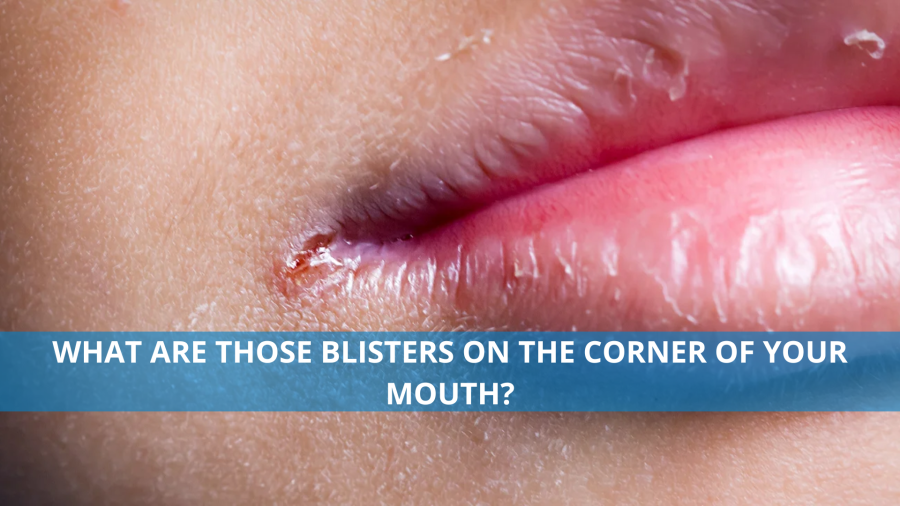
Angular cheilitis or other factors may be to blame for mouth blisters on the corner. To control & prevent further outbreaks, practice good oral hygiene, avoid harsh skin care products, & get medical attention.
An irritating condition called as angular cheilitis, or blisters on the inside of the mouth can make it difficult to eat, speak, or smile. Blisters can appear on the mouth corner for a number of reasons, including infections, vitamin deficiency, and skin sensitivity. This blog post will thoroughly explain the factors that lead to mouth blisters and provide details on efficient management and treatment techniques.
Blisters on the Corner of Your Mouth: What Causes Them?
Angular cheilitis: This skin problem is brought on by an overabundance of germs or yeast near the mouth's corners. These germs can overgrow and result in skin irritation, redness, and blistering. People with chronic conditions like diabetes or those with weaker immune systems, such as HIV/AIDS, frequently get angular cheilitis.
Vitamin deficiency: The skin can become weakened and more vulnerable to infections and skin irritations, including angular cheilitis, if it is deficient in certain vitamins, including iron, the B vitamins, and vitamin C. Maintaining good skin requires a balanced diet rich in a range of vitamins and minerals.
Allergic reactions: Using some skin care products, such as toothpaste, lip balms, or cosmetics, might result in an allergic reaction and help blisters form in the mouth corner. The ingredients in skin care products should be known, and those that could trigger an adverse reaction should be avoided.
Dental issues: Dental problems, such as loose dentures or braces, can press and irritate the skin surrounding the mouth, causing blisters to form. Such irritation can be avoided with regular dental check-ups and properly fitted dental accessories.
Environmental factors: Prolonged exposure to chilly temperatures or strong winds can dry your skin and irritate it, resulting in mouth blisters. Environmental skin irritation can be avoided by wearing protective clothes, such as caps and scarves.
Managing and Treating Lips on the Corner of Your Mouth:
Medical intervention: Depending on the underlying skin problem, therapeutic options may include topical lotions, antifungal medicine, or antibiotics to treat the blisters. A doctor may recommend supplements in cases of vitamin deficiency to assist in treating the condition and enhance skin health.
Preventative measures: Practicing proper hygiene will help stop blister outbreaks on the corner of the mouth. Examples of these practices include often washing the face and using a mild, fragrance-free soap. In dry or cold weather, using a humidifier to give moisture to the air can also assist in avoiding skin dryness and irritation.
Healthy habits: Creating healthy habits like eating a balanced diet full of vitamins and minerals will help you keep your skin looking young and prevent nutritional deficits that could lead to angular stomatitis. Additionally, reducing your alcohol intake and giving up smoking can make your skin look better.
Conclusion:
Effective management and treatment of blisters depend on a thorough understanding of their many origins, including Angular Cheilitis and other diagnoses. People can lessen the possibility of subsequent eruptions and enhance the general health of their skin by adhering to a combination of medical therapy, preventative measures, and basic hygiene practices. If blisters persist or worsen, it's crucial to visit a doctor or dentist since some underlying issues might need to be treated.

Dr Amna Bilal
The author is a contributing writer at Dental News Pakistan and can be reached at amna0795@yahoo.com

